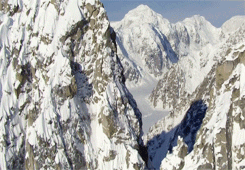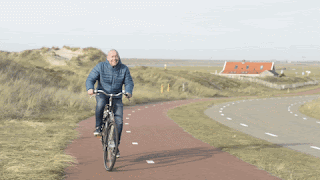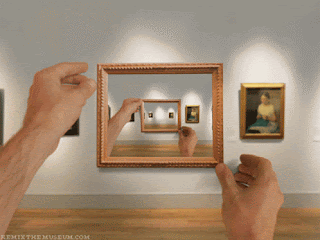Road movieIn general, road movies are a cinematic genre in which the action takes places during a road journey or a vehicle-based film like Mad Max 2: The Road Warrior. Notable examples include Easy Rider, Thelma & Louise, Although the genre has its roots in earlier tales of epic journeys, such as Homer's Odyssey and Joseph Conrad's Heart of Darkness, road films are uniquely
post-WWII, reflecting the boom of America's postwar automobility and youth culture. Despite the fact that road movies existed in the Depression era, the genre only became self-aware as a genre in the 1960s with "Easy Rider" and "Bonnie and Clyde." For this reason, road movies offer a great pop cultural history of America's shifting relationship to the road, cars, and other technologies, especially as various rebel groups--hippies, blacks, gays and lesbians, women, asian americans--remap the American road story.Like their antecedents, the road movie tends towards an episodic structure. In each episode, there is a challenge to be met, although not all of them will be met successfully. In most episodes, a piece of the plot is revealed - knowledge or allies are gained, and so on.Road movies traditionally end in one of four ways:* having met with triumph at their ultimate destination, the protagonist/s return home, wiser for their experiences.* at the end of the journey, the protagonist/s find a new home at their destination.* the journey continues endlessly. In such cases, the last shot of the film is almost always the driver's point of view of a lonely highway at night.* having realised that, as a result of their journey, they can never go home, the protagonists either choose death or are killed.













































